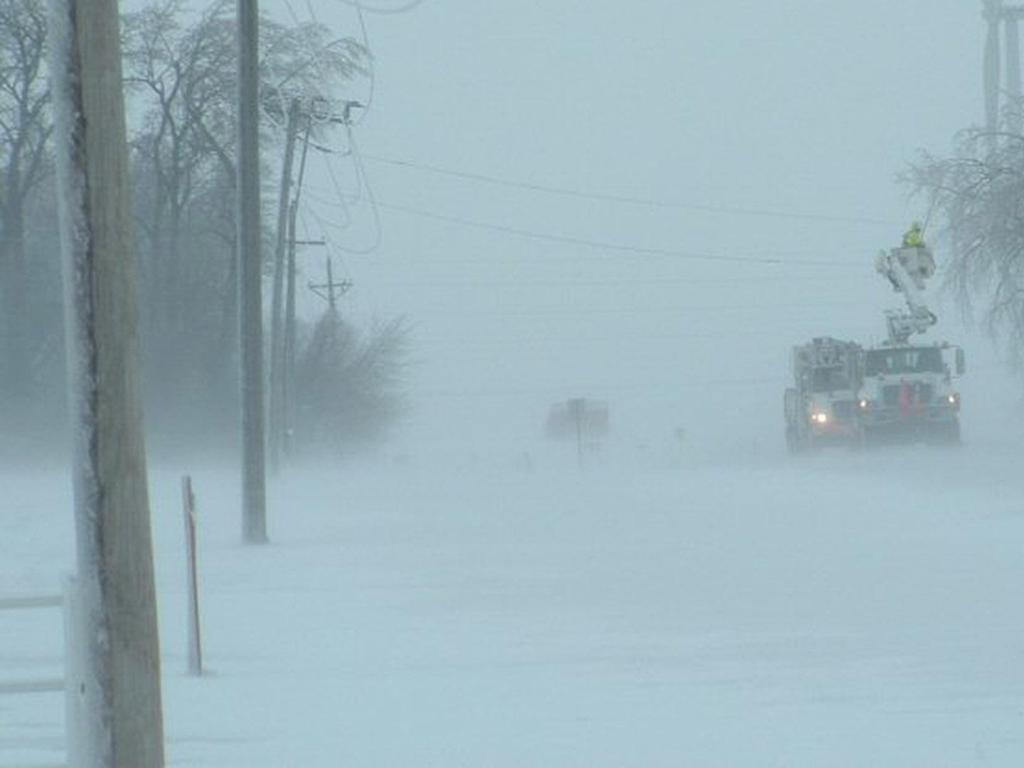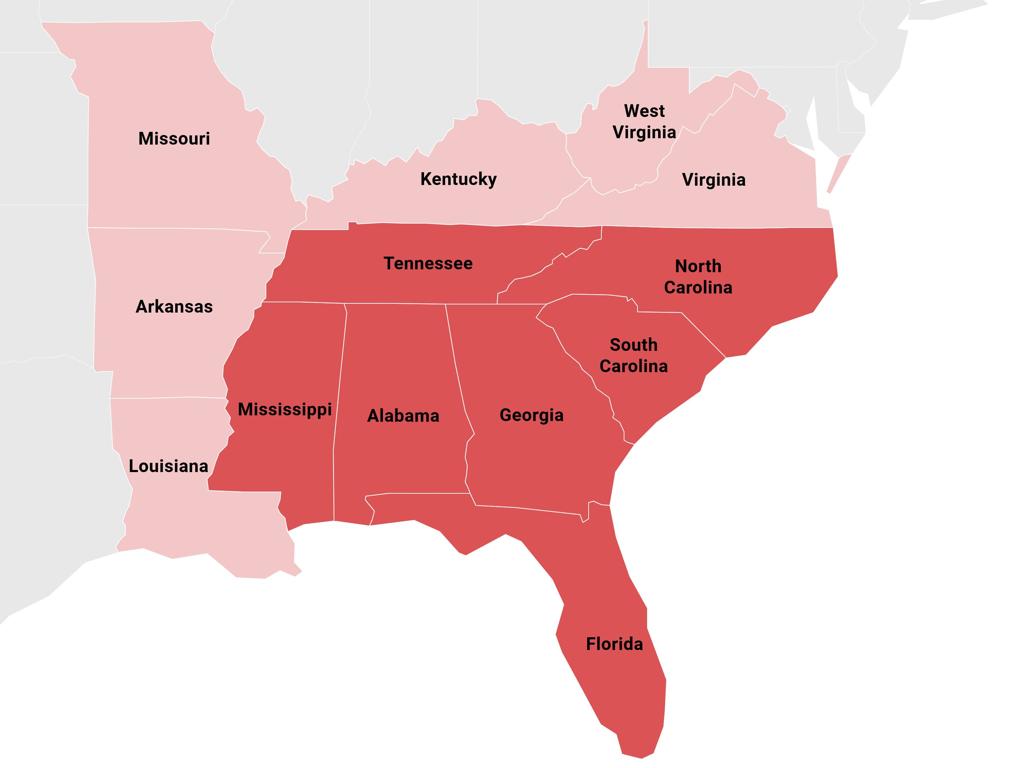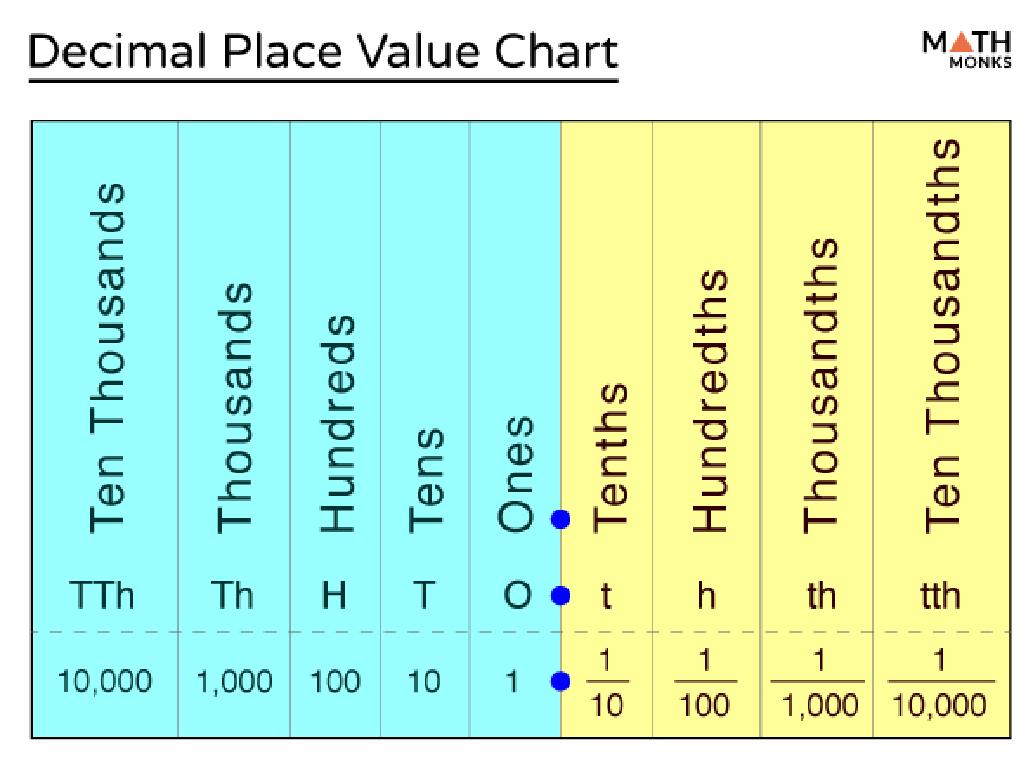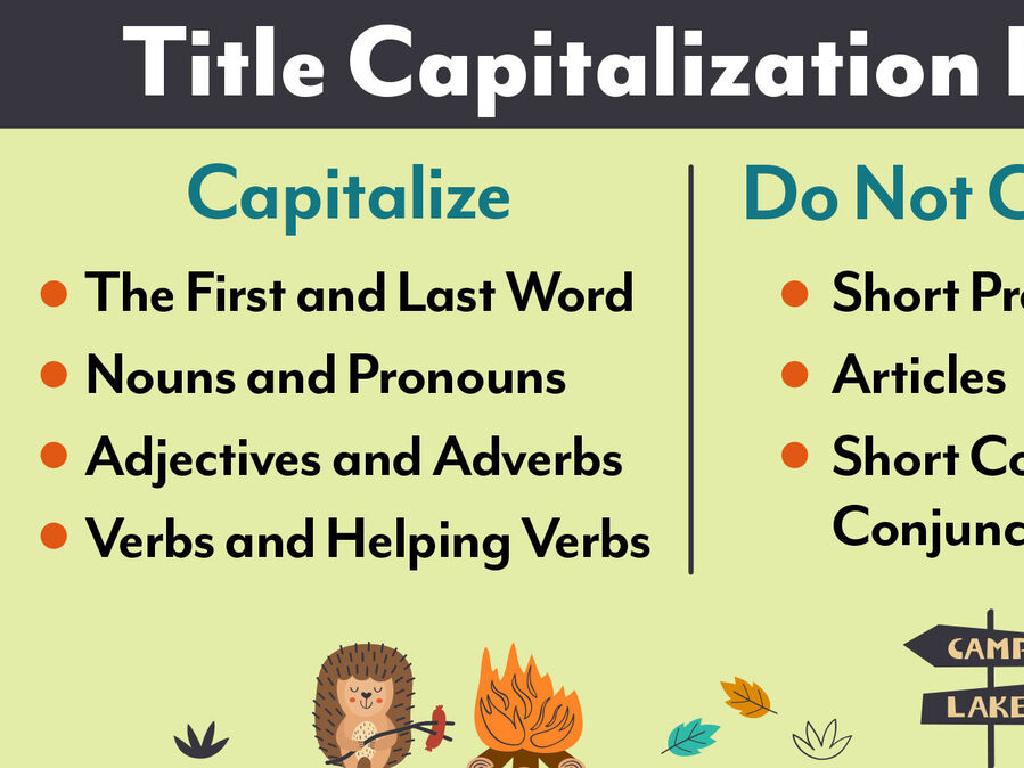The Revolutionary War: Preparing For War
Subject: Social studies
Grade: Eighth grade
Topic: The American Revolution
Please LOG IN to download the presentation. Access is available to registered users only.
View More Content
The Dawn of the American Revolution
– Roots of the American Revolution
– Tensions over British taxes and colonial rights sparked the revolution.
– Key figures and pivotal events
– George Washington, Thomas Jefferson; events like Boston Tea Party were crucial.
– Colonists’ stakes in the conflict
– Freedom, self-governance, and resistance to ‘taxation without representation’.
– Overview of colonial sentiments
– Mixed feelings among colonists: Patriots vs. Loyalists.
|
This slide introduces students to the complex causes of the American Revolution, emphasizing the discontent over British policies, which led to the desire for independence. Highlight key figures such as George Washington and Thomas Jefferson, and events like the Boston Tea Party that galvanized the colonists. Discuss what the colonists were fighting for, including the fundamental rights and principles at risk. Also, touch upon the divided loyalties within the colonies, setting the stage for understanding the internal conflicts and the broader struggle for independence.
Causes of the Revolutionary War
– Taxation without representation
– Colonists were taxed by British Parliament where they had no representatives
– The Boston Tea Party impact
– A protest against the Tea Act, symbolizing defiance against British rule
– Concept of liberty explained
– Liberty meant political freedom and the right to self-govern
– Colonists’ quest for independence
– Desire to form an independent nation free from British control
|
This slide aims to introduce students to the fundamental causes that fueled the Revolutionary War. Begin by explaining how the British government imposed taxes on the colonists without giving them a voice in Parliament, leading to the rallying cry of ‘no taxation without representation.’ Highlight the Boston Tea Party as a pivotal event that galvanized public opinion against British authority. Discuss the concept of liberty as it was understood by the colonists, emphasizing its importance as a principle driving the desire for independence. Conclude by describing the colonists’ determination to create a self-governing nation free from British interference. Encourage students to consider how these causes are interconnected and how they contributed to the outbreak of the Revolutionary War.
The Revolutionary War: Preparing for War
– Formation of the Continental Army
– The first unified colonial fighting force, led by George Washington
– Role of local militias and Minutemen
– Local militias were civilian soldiers; Minutemen could be ready at a moment’s notice
– Training against superior forces
– Despite fewer resources, training focused on discipline and battle tactics
– Strategies for combat
– Guerrilla warfare and alliances were key against the British army
|
This slide delves into the early stages of the Revolutionary War, highlighting the formation of the Continental Army, which brought together soldiers from all 13 colonies under the command of George Washington. Emphasize the significance of local militias and the Minutemen, who were crucial in the initial resistance against British forces. Discuss the challenges faced by the Continental Army in training to fight against the well-equipped and experienced British troops, and how they overcame these challenges through innovative strategies and tactics such as guerrilla warfare. Also, touch upon the importance of forming strategic alliances, which played a pivotal role in the eventual success of the American forces.
Strategies and Challenges of the Revolutionary War
– British vs. American military strategies
– British sought control of cities; Americans used guerrilla tactics
– Continental Army’s challenges
– The army faced shortages of supplies, harsh winters, and training needs
– Role of foreign alliances
– Alliances with France and Spain were crucial for resources and support
– Support’s impact on the war
– Foreign aid helped tip the balance in favor of American victory
|
This slide aims to outline the key military strategies and challenges during the Revolutionary War. Highlight the contrast between the British military’s conventional approach and the American forces’ reliance on guerrilla tactics. Discuss the hardships faced by the Continental Army, including lack of supplies, difficult winters, and the need for better training. Emphasize the importance of foreign alliances, particularly with France and Spain, which provided much-needed resources and support. Conclude by explaining how international support played a pivotal role in the eventual success of the American forces. Encourage students to consider how these factors influenced the outcome of the war and to think critically about the complexities of wartime strategy and diplomacy.
Life During the Revolutionary War
– War’s impact on colonial life
– Daily routines disrupted, scarcity of goods
– Roles of women and children
– Women managed farms/businesses, children took on more responsibilities
– Families’ wartime contributions
– Families provided food, shelter for soldiers, and some even fought
– Economic and social shifts
– Trade interruptions led to homemade goods, social dynamics changed
|
This slide aims to depict the profound effects of the Revolutionary War on the lives of people in the colonies. Emphasize how the war permeated every aspect of daily life, leading to shortages and the need for self-reliance. Highlight the often-overlooked contributions of women and children, who stepped into roles traditionally held by men. Discuss how families supported the war effort, not just emotionally but also materially. Finally, address the broader economic and social changes, such as the shift towards local production and the evolving social hierarchy. Encourage students to consider the personal sacrifices made by individuals and families, and how these experiences shaped the emerging American identity.
Class Activity: Revolutionary War Simulation
– Divide into British and American forces
– Simulate a strategic planning session
– Think like military leaders of the time
– Develop your group’s battle strategy
– Consider resources, terrain, and objectives
– Present your strategy to the class
|
This activity is designed to immerse students in the historical context of the Revolutionary War by having them take on the roles of British and American military planners. Divide the class into two groups representing the opposing forces. Each group will simulate a strategic planning session where they must consider their resources, the terrain of the battlefield, and their strategic objectives. After the planning session, each group will present their strategy to the class, explaining their reasoning and the historical tactics they plan to employ. For the teacher: Prepare to guide the students in understanding the historical context, provide maps and information about military tactics of the era, and facilitate a discussion after the presentations to reflect on the strategies from both sides.
Reflecting on the Revolutionary War
– Summary of war preparation
– Colonists’ sacrifices
– Consider hardships endured for freedom
– Outcomes of the war
– Independence and formation of the USA
– Significance of the conflict
– War shaped the nation’s future and democracy
|
This slide aims to encapsulate the major themes of the Revolutionary War’s preparation phase. Students should reflect on the strategic and logistical efforts made by the colonists in the face of adversity. Emphasize the personal and collective sacrifices that were necessary to challenge British rule. Discuss the outcomes, such as the Declaration of Independence and the eventual victory that led to the birth of the United States. Highlight the war’s lasting significance on the development of American democracy and its influence on future revolutions around the world. Encourage students to think critically about how the war’s legacy continues to impact American society and governance.






